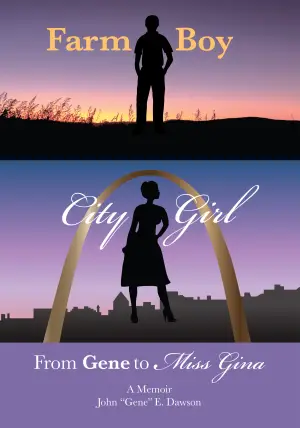Tell Her Story: How Women Led, Taught, and Ministered
When I first picked up Tell Her Story: How Women Led, Taught, and Ministered in the Early Church by Katelyn Beaty, I felt a mix of excitement and skepticism. The idea of shedding light on the often-overlooked narratives of women in the Bible is noble and vital. After all, their stories deserve to be told and celebrated. However, as I delved deeper into Beaty’s arguments, I found myself grappling with the book’s intentions as well as its interpretations.
Beaty’s primary aim seems to be to champion the role of women in church leadership today, arguing that biblical texts do not prohibit women from teaching or leading. While I wholeheartedly agree with the importance of discussing women’s roles in Scripture, I often felt that Beaty crossed an interpretative line, extrapolating claims without sufficient textual support. This approach was evident in her sweeping assertions about various women in the New Testament, suggesting roles that the texts do not explicitly provide.
Take, for example, her interpretation of Romans 16:15, where she cites Julia and Nereus’ sister as “ministry leaders.” The text provides little context about these women, yet Beaty boldly assigns them roles that simply aren’t supported by the narrative. This raises the question: Are we truly honoring these women by making assumptions that go beyond the scriptural record?
A personal reflection I had while reading was how Beaty framed Lydia’s invitation to Paul and Silas into her home as an implicit sign of her leadership position in the Philippian church. While I acknowledge Lydia’s critical role as the first convert in Philippi, claiming that she was installed as an elder feels like an excessive leap. The absence of her name in Paul’s later letter to the Philippians is telling; it seems more likely she is highlighted for her significance in the conversion narrative, rather than as a designated leader.
Beaty frequently relies on straw man arguments, presenting false dichotomies that simplify complex discussions. Her assertion that a woman either must be a leader or considered unimportant overlooks the profound impact that faithful service—often outside formal leadership roles—can have for the gospel. This kind of over-simplification diminishes the rich tapestry of contributions women have made throughout biblical history, grounding them in faithfully lived lives rather than solely leadership positions.
However, my engagement with this book did spark a deeper examination of biblical texts, which I appreciated. There were moments where Beaty’s arguments prompted me to reconsider aspects of women’s roles in the church that I had taken for granted. Yet, the reliance on assumptions and at times weak scholarship, left me unconvinced by her broader claims.
In conclusion, I left Tell Her Story feeling both challenged and skeptical. While Katelyn Beaty has certainly opened a necessary conversation about women’s roles in Scripture, her conclusions often felt more driven by conviction than by the text itself. Readers interested in women’s biblical narratives will find value in this book; however, those looking for a rigorously supported theological treatise may come away wanting. Personally, this exploration has inspired me to engage more closely with Scripture, wrestle with its complexities, and honor the multifaceted stories of women—while also maintaining a reverence for the text as it stands.
If you’re open to exploring a contemporary perspective on biblical texts—albeit one that may take some interpretative liberties—this book might still resonate with you. It certainly has given me food for thought, prompting further examination of both my beliefs and the scriptures themselves.
Discover more about Tell Her Story: How Women Led, Taught, and Ministered i… on GoodReads >>









